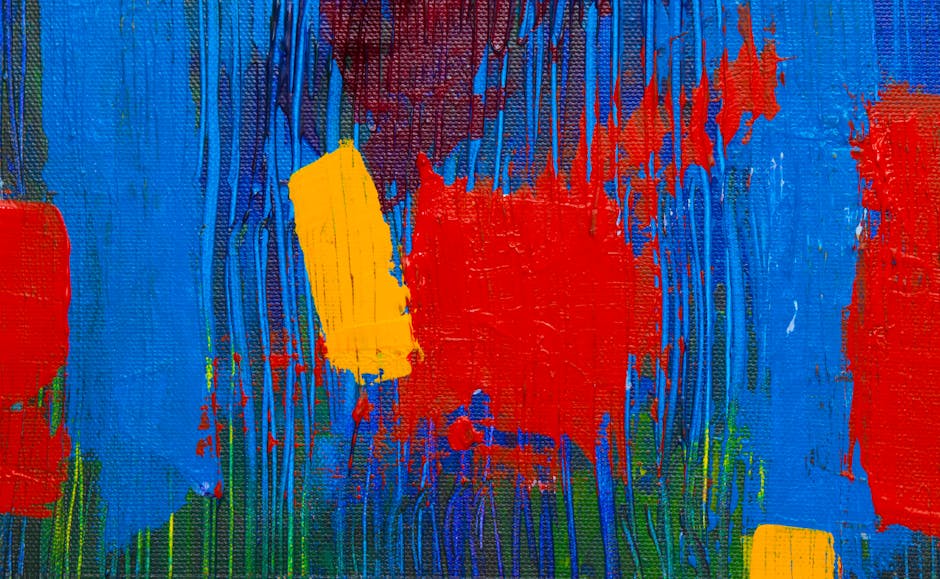Color Palettes That Work: Harmonizing Walls
Introduction
Choosing the right color palette for your walls can dramatically transform a room, creating the desired ambiance and reflecting your personal style. But with endless color options, finding the perfect harmony can feel overwhelming. This guide will explore color palettes that consistently work, providing you with practical tips and inspiration to create stunning and cohesive spaces.
Understanding Color Theory Basics
The Color Wheel and Its Significance
Before diving into specific palettes, understanding the color wheel is crucial. The color wheel visually represents the relationships between different colors, helping you identify complementary, analogous, and triadic color schemes. Knowing these relationships allows you to create balanced and visually appealing interiors.
Key Color Harmonies:
- Complementary Colors: Colors opposite each other on the wheel (e.g., blue and orange) offer high contrast and vibrancy.
- Analogous Colors: Colors adjacent to each other (e.g., blue, blue-green, and green) create a harmonious and soothing effect.
- Triadic Colors: Three colors evenly spaced on the wheel (e.g., red, yellow, and blue) offer a balanced and playful feel.
- Monochromatic Colors: Variations of a single color (e.g., different shades of blue) create a sophisticated and unified look.
Popular Color Palettes and Their Applications
Earthy Neutrals: Timeless and Versatile
Earthy neutrals like beige, cream, gray, and taupe offer a calming and grounding effect. They work well in almost any room and provide a versatile backdrop for furniture and accessories. Consider these pairings:
- Warm Beige with Terracotta Accents: Creates a cozy and inviting atmosphere.
- Cool Gray with Natural Wood Tones: Offers a modern and sophisticated feel.
- Creamy White with Linen Textures: Exudes a light and airy elegance.
Coastal Blues and Whites: Fresh and Serene
Inspired by the ocean, coastal palettes evoke feelings of relaxation and tranquility. Shades of blue, from light sky blue to deep navy, paired with crisp white or sandy beige, create a refreshing and breezy ambiance. Ideal for bedrooms, bathrooms, and living rooms.
- Light Blue Walls with White Trim and Sand-Colored Accents: Classic coastal combination.
- Navy Blue Accent Wall with White Walls and Rope Details: Adds a touch of nautical charm.
Modern Grays and Accents: Contemporary Elegance
Gray has become a staple in modern interior design. Its versatility allows it to be paired with various accent colors, creating sophisticated and stylish spaces. Consider these gray-based palettes:
- Light Gray Walls with Mustard Yellow Accents: Adds warmth and energy to the space.
- Dark Charcoal Gray Walls with Copper or Rose Gold Accents: Creates a luxurious and dramatic effect.
- Greige (Gray-Beige) Walls with Soft Pink Accents: Offers a subtle and feminine touch.
Warm Tones: Inviting and Energetic
Warm colors like reds, oranges, and yellows can create a vibrant and welcoming atmosphere. However, use them judiciously, as they can be overwhelming in large doses. Consider these warm-toned combinations:
- Terracotta Walls with Creamy White Trim and Green Accents: Evokes a Mediterranean feel.
- Mustard Yellow Accent Wall with Gray or White Walls: Adds a pop of color and personality.
Monochromatic Schemes: Sophisticated Simplicity
Using variations of a single color can create a sophisticated and harmonious space. This technique works particularly well with blues, greens, and grays. For example, use a dark navy blue for an accent wall, a medium blue for the main walls, and a light blue for the trim.
Tips for Harmonizing Your Walls
- Consider the Room’s Purpose: Different colors evoke different emotions. Choose colors that align with the room’s function (e.g., calming blues for bedrooms, energizing yellows for kitchens).
- Think About Lighting: Natural and artificial light can drastically alter how colors appear. Test paint samples in the room under different lighting conditions.
- Use a Color Palette Generator: Online tools can help you create harmonious color palettes based on your preferences.
- Don’t Be Afraid to Experiment: Try different combinations and trust your instincts.
- Consider Undertones: Every color has an undertone (warm or cool). Ensure that the undertones of your chosen colors complement each other.
Conclusion
Harmonizing your walls with the right color palette is essential for creating a beautiful and functional living space. By understanding basic color theory, exploring popular color schemes, and following practical tips, you can confidently choose colors that reflect your style and create the desired atmosphere in your home. Remember to consider the room’s purpose, lighting conditions, and your personal preferences to achieve a truly harmonious and inviting environment.














Post Comment